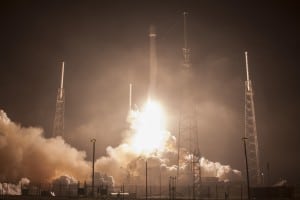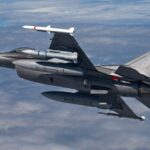
The appearance of the Air Force’s top two officials on Capitol Hill keyed up an ongoing fight between lawmakers over continued use of the Russian-made RD-180 rocket engine.The service is moving as quickly as it can to develop a replacement to the RD-180 engine, but until industry can produce an alternative it will need about 18 of the Russian engines to assure its access to space, Air Force Secretary Deborah Lee James told the Senate Appropriations defense subcommittee.“Given the importance…













